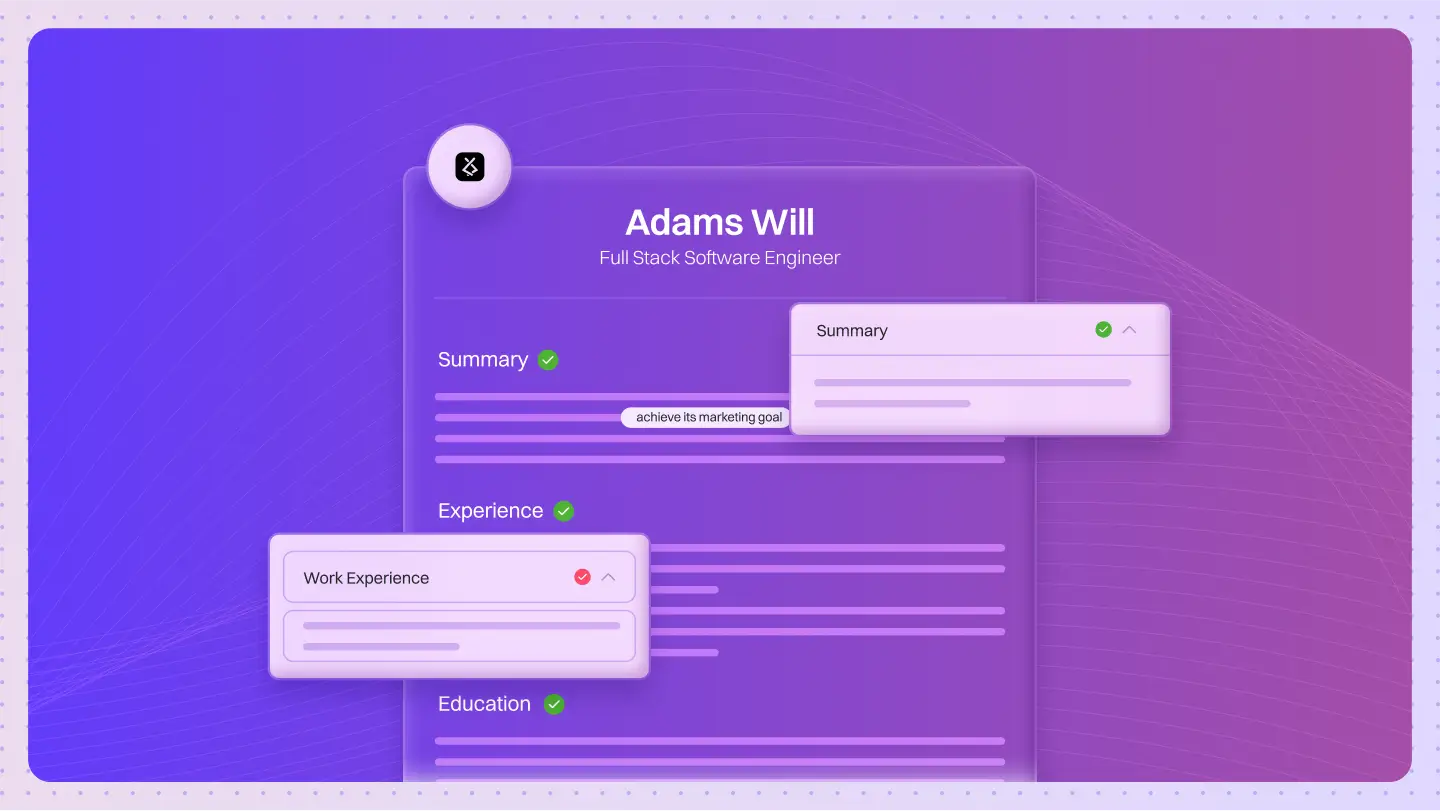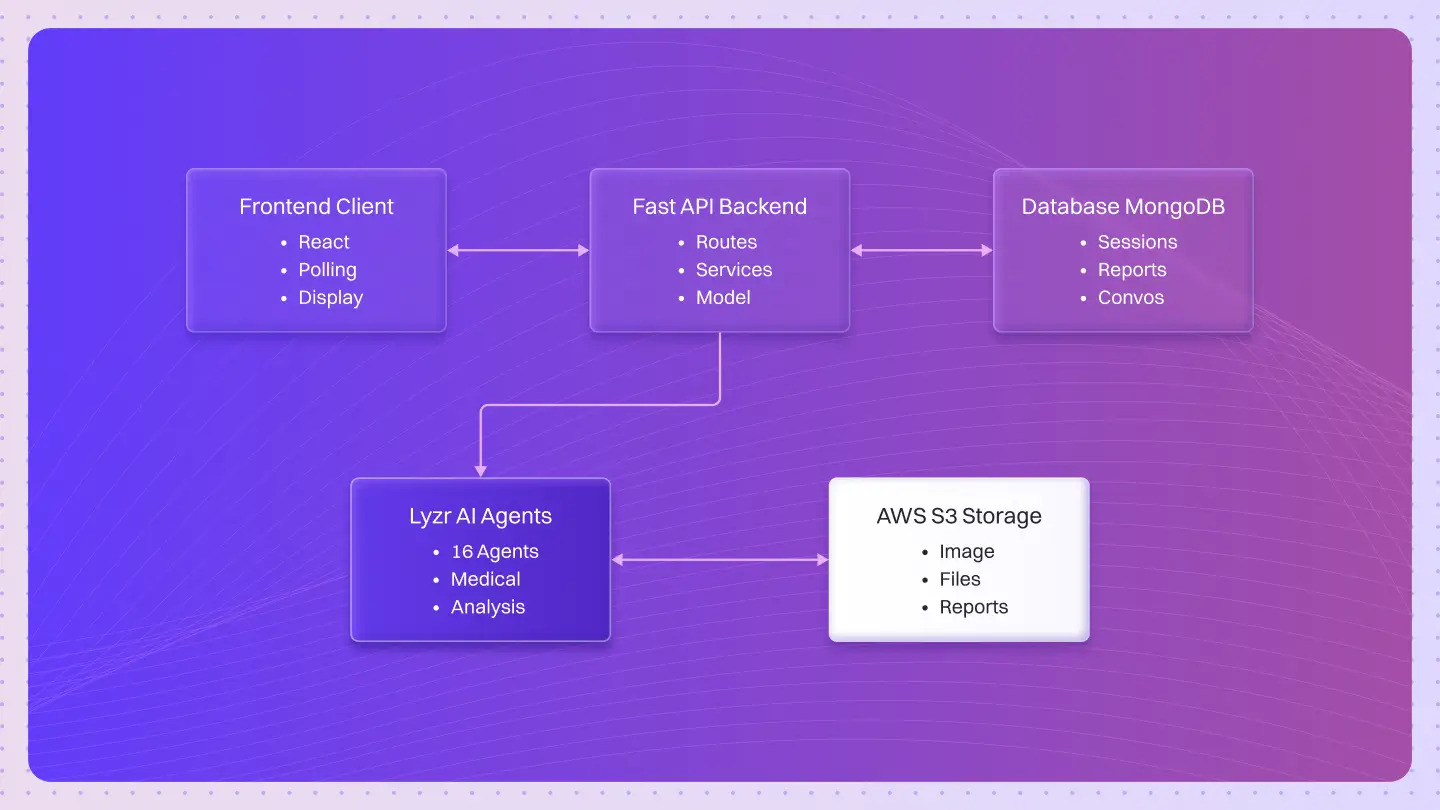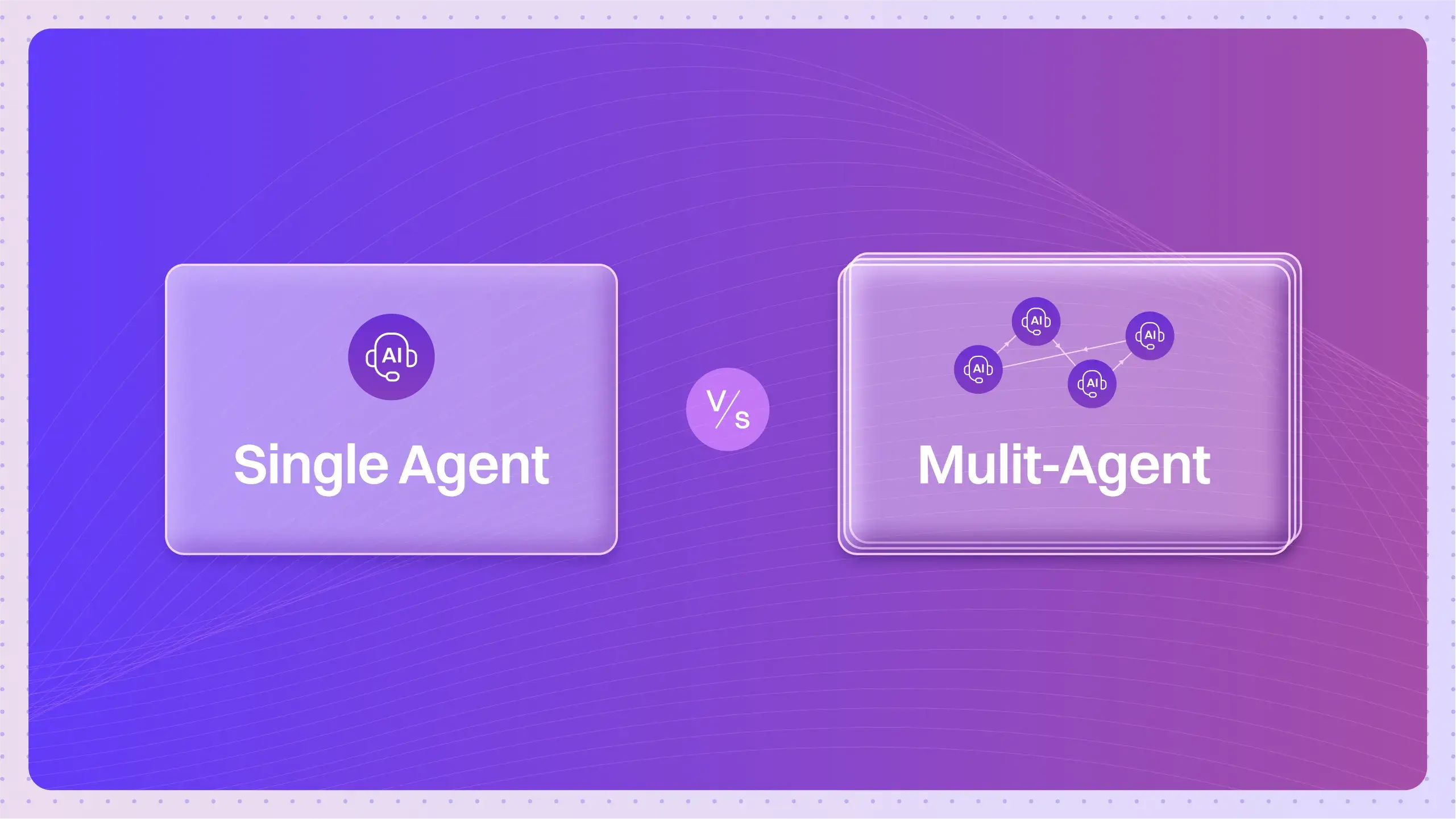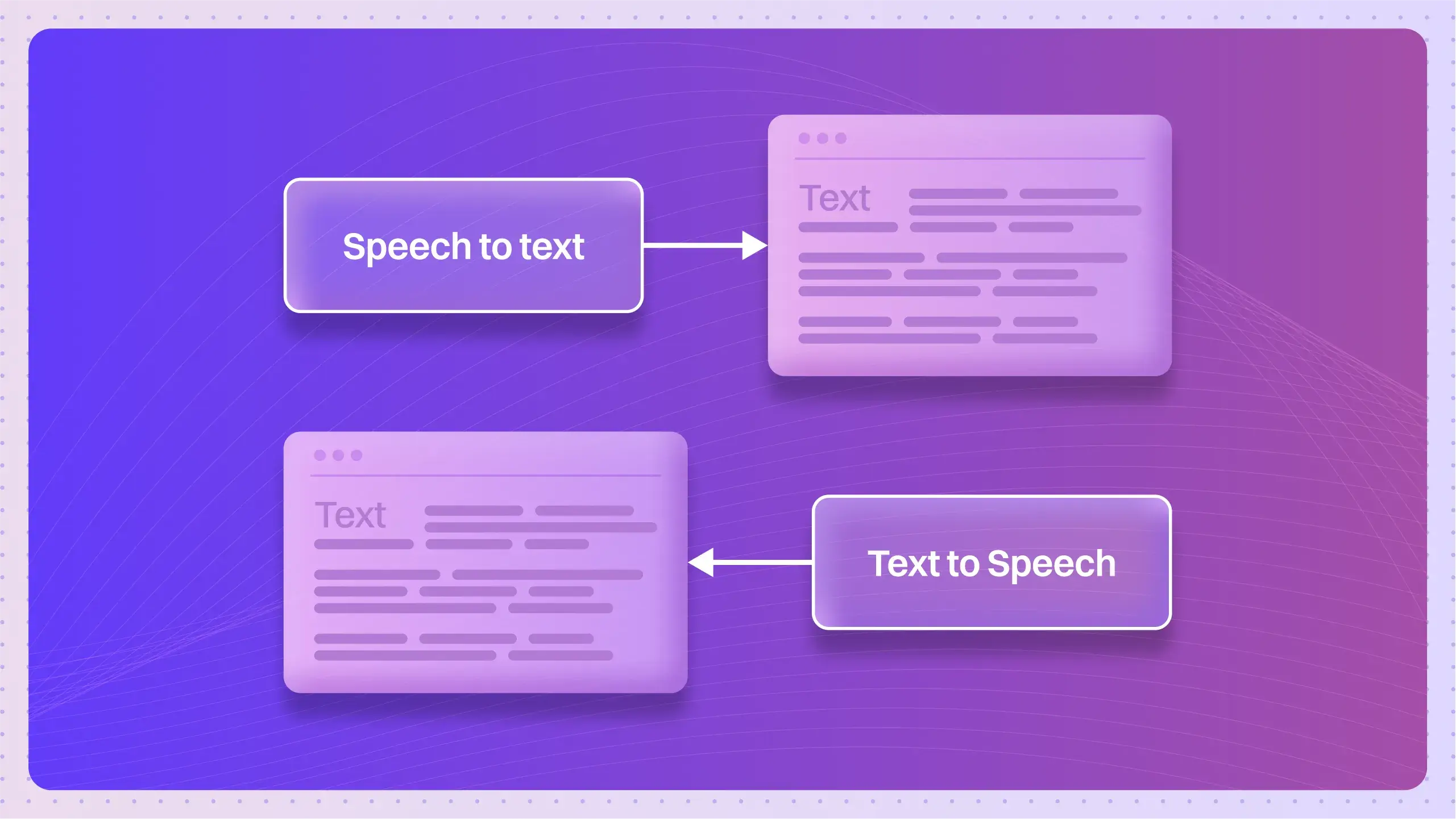Table of Contents
ToggleIt’s Monday morning, and your inbox is flooded with 500 resumes for that critical software engineer position. Your HR team is already stretched thin, and you know someone will spend the next two days buried in CVs, eyes glazing over as they scan through identical qualifications and buzzword-heavy descriptions.
It’s like trying to find a diamond in a coal mine with nothing but a flashlight and pure determination. You know there are brilliant candidates somewhere in that digital haystack, but the manual screening process is so exhausting that top talent slips through the cracks while your competitors snatch them up.
What if I told you there’s a way to transform this chaotic process into a streamlined, intelligent system that does the heavy lifting for you?
The Hidden Cost of Manual to large organizations face a brutal reality in today’s competitive talent market. The numbers don’t lie, and they’re more shocking than most executives realize.
The Time Drain Crisis
Manual resume screening has become the silent productivity killer in modern HR departments. For a single position receiving 500 applications, recruiters spend an average of 16-20 hours just on initial screening. That’s nearly three full working days before anyone even picks up the phone to call a candidate.
But wait, there’s more. When you break it down further, the math becomes even more alarming:
- Initial resume scan: 6-8 seconds per resume
- Detailed screening: 2-3 minutes per resume
- Shortlisting and categorization: 3-4 hours per position
For companies hiring across multiple roles simultaneously, this translates to hundreds of hours lost each month to administrative tasks that could be automated.
The Financial Impact You Can’t Ignore
The average cost per hire in the US has reached $4,700, but that’s just the tip of the iceberg for companies still relying on manual processes. When you factor in the hidden costs of extended time-to-hire, lost productivity, and missed opportunities, the real impact becomes staggering.
Consider this: 68% of companies still rely on manual hiring processes, while their automated competitors are securing top talent 48-59% faster. That speed difference isn’t just a nice-to-have; it’s a competitive advantage that directly impacts your bottom line.
The Breaking Point: Why Traditional Screening Fails
You might be wondering why so many companies continue with outdated processes when the pain is so obvious. The answer lies in a combination of inertia, fear of change, and lack of awareness about available solutions.
The Manual Process Bottleneck
Traditional resume screening follows a predictable but inefficient pattern:
- Collect resumes from multiple channels
- Sort applications manually into basic categories
- Scan each resume for relevant keywords
- Compare qualifications against job requirements
- Create shortlists through subjective evaluation
This process isn’t just slow; it’s inconsistent and prone to human bias. Different recruiters apply different criteria, leading to qualified candidates being overlooked while less suitable ones advance to interviews.
The Scalability Challenge
Here’s where the problem becomes critical for growing companies. Manual screening doesn’t scale efficiently. If you need to hire 10 people instead of 1, you need 10 times the resources. If applications double, so does your workload.
A recent case study of a global technology company perfectly illustrates this challenge. They were managing 12,000+ resumes monthly and would have needed 37 full-time employees to handle the workload manually. The resource requirements were simply unsustainable.
Quality vs. Speed Dilemma
The pressure to move quickly in today’s talent market creates an impossible choice. Rush through screening and miss great candidates. Take time for thorough evaluation and lose top talent to faster competitors. It’s a lose-lose situation that keeps HR leaders up at night.
AI resume screening workflow from application to final selection
Enter the AI Resume Assistant Revolution
But here’s where the story takes a dramatic turn. Advanced AI technology has finally reached a level of sophistication that can revolutionize how we approach resume screening, and companies are taking notice.
The Technology That Changes Everything
AI Resume Assistant tools use machine learning algorithms to analyze resumes with superhuman speed and consistency. These systems can process thousands of applications in minutes, not days, while maintaining accuracy rates of 90-95%.
The technology goes far beyond simple keyword matching. Modern AI systems understand context, evaluate skill relevance, and can even identify candidates with transferable skills that human reviewers might miss.
Real-World Success Stories
The evidence is compelling. A global consulting firm implemented AI-powered resume screening and achieved a 75% reduction in screening time while maintaining higher accuracy than manual processes.
Another case study from Pontoon Solutions shows even more dramatic results: by implementing screening automation, they reduced the required workforce from 37 full-time employees to just 8 team members, a 75% reduction in human resources while delivering better outcomes.
You might be thinking this sounds too good to be true, but the data is consistent across industries and company sizes.
The Competitive Advantage
Here’s what makes this particularly urgent: 99% of talent acquisition teams now use AI and automation in their hiring processes, with 93% planning additional technology investments in 2025. Companies that haven’t embraced this technology aren’t just missing out on efficiency gains; they’re falling behind in a competitive market where speed and accuracy determine success.
Cumulative ROI showing exponential time and cost savings from AI Resume Assistant implementation over 12 months
Breaking Down the ROI: Numbers That Matter
The return on investment for AI Resume Assistant implementation is both immediate and compounding. Let’s examine the specific metrics that matter to decision-makers.
Time Savings That Scale
The time savings from AI resume screening are dramatic and consistent across implementations:
- Resume processing: 80% faster than manual methods
- Initial screening: From 16-20 hours to 30-60 minutes for 500 resumes
- Overall time-to-hire: Reduced from 44 days to 18-23 days
These aren’t just productivity improvements; they’re transformational changes that free your HR team to focus on strategic initiatives rather than administrative tasks.
Cost Reduction Across Multiple Areas
The financial benefits extend far beyond labor cost savings:
- Cost per resume screened: Drops from $15-30 to $0.10-0.50
- Cost per hire: Reduces by 25-30% on average
- Administrative overhead: Significantly decreased
- Opportunity costs: Eliminated through faster hiring cycles
But wait, there’s more to the story. Companies implementing AI screening also report improved employee retention rates due to better candidate-job matching, creating long-term value that compounds over time.
Quality Improvements You Can Measure
Accuracy and consistency improvements provide additional ROI that’s often overlooked:
- Screening accuracy: Increases from 65-75% to 90-95%
- Bias reduction: Consistent evaluation criteria eliminate subjective preferences
- Candidate experience: Faster response times improve employer brand
- Compliance: Automated documentation ensures audit trails
Cost comparison showing 30% reduction in cost per hire with AI screening
The Lyzr AI Advantage: Your Complete HR Automation Solution
While we’ve been discussing AI Resume Assistant as a concept, there’s a specific platform that’s been making waves in the enterprise space: Lyzr AI. Their comprehensive approach to HR automation goes beyond simple resume screening to create an end-to-end hiring workflow.
Comprehensive HR Intelligence Hub
Lyzr AI’s HR Agents Hub includes specialized agents for every aspect of the hiring process:
- AI Hiring Assistant: Automates resume screening and candidate prioritization
- Candidate Search Agent: Surfaces top candidates across internal and external databases
- AI Resume Evaluation Agent: Analyzes resumes for job-fit using smart evaluation algorithms
- Job Description Creation Agent: Generates optimized job descriptions
- Interview Scheduling: Automates calendar coordination and candidate communication
Enterprise-Grade Features
What sets Lyzr apart is their focus on enterprise requirements:
- 100% data privacy with local deployment options
- Seamless integration with existing HRIS systems
- Role-based access control for security
- 24/7 support with SLAs and agent observability
- Unlimited agent creation and end-user access
You might be wondering how this differs from other solutions in the market. The key advantage is Lyzr’s agent-based architecture that allows for customization and scaling without technical complexity.
Real Implementation Results
Companies using Lyzr AI report cutting hiring time in half while improving candidate quality. The platform’s AI agents work 24/7, ensuring no qualified candidate is overlooked due to timing or human limitations.
The system handles everything from initial resume screening to final candidate selection, providing HR teams with scored reports and recommendations that enable faster, more informed decisions.
Implementation Strategy: Making the Transition
Successfully implementing AI Resume Assistant technology requires a strategic approach that considers both technical and human factors.
Getting Started: The Foundation Phase
Begin with a pilot program focusing on high-volume positions or departments with the greatest screening burden. This approach allows you to demonstrate ROI quickly while building internal confidence in the technology..
Key steps for successful implementation:
- Assess current screening workflows and identify bottlenecks
- Define success metrics and baseline measurements
- Select positions for pilot testing
- Train HR team on new processes
- Monitor results and gather feedback
Integration with Existing Systems
Modern AI Resume Assistant platforms, particularly Lyzr AI, are designed to integrate seamlessly with existing HR technology stacks. This means you don’t need to overhaul your entire system to gain the benefits of automation.
The integration typically includes:
- Applicant Tracking System (ATS) connectivity
- HRIS data synchronization
- Calendar and communication tools
- Reporting and analytics dashboards
Change Management Considerations
The human element is often the most challenging aspect of technology implementation. Address concerns proactively by demonstrating how AI augments rather than replaces human judgment.
But here’s the thing: successful implementations focus on empowering HR professionals to do more strategic work rather than replacing them with technology.
The Future of AI-Powered Hiring
Looking ahead, the trends are clear: AI adoption in hiring will only accelerate, and early adopters will maintain significant competitive advantages.
Market Growth and Adoption
The AI recruitment market is projected to grow from $661.56 million in 2024 to over $1.1 billion by 2030. This growth is driven by proven ROI and competitive pressure, not just technological novelty.
Current adoption statistics paint a compelling picture1930:
- 87% of companies now use AI in their recruitment process
- AI adoption in hiring has increased 270% since 2019
- 93% of talent acquisition teams plan additional AI investments in 2025
Emerging Capabilities
The next generation of AI Resume Assistant tools will include even more sophisticated features:
- Predictive analytics for candidate success probability
- Advanced bias detection and mitigation
- Real-time market salary analysis
- Candidate experience optimization through personalization
Competitive Implications
Companies that delay AI adoption risk being left behind in the talent acquisition arms race. When your competitors can screen candidates 80% faster while maintaining higher accuracy, the disadvantage becomes insurmountable.
You might think you have time to evaluate options leisurely, but the window for competitive advantage is narrowing rapidly.
Measuring Success: KPIs That Matter
Implementing AI Resume Assistant technology is just the beginning. Measuring success ensures you’re maximizing ROI and identifying areas for continuous improvement.
Core Performance Metrics
Track these essential KPIs to demonstrate value and guide optimization:
- Time to recommendation: Average time from resume submission to screening completion
- Accuracy rate: Percentage of correctly evaluated resumes compared to final hiring decisions
- Cost per resume screened: Total screening costs divided by number of resumes processed
- Candidate quality score: Assessment of hired candidates’ job performance
- Client retention rate: For agencies or shared services
ROI Calculation Framework
Use this framework to calculate and communicate ROI:
- Quantify time savings in hours per month
- Multiply by average HR hourly cost
- Add quality improvements and reduced turnover costs
- Subtract technology investment and implementation costs
- Calculate payback period and ongoing returns
Continuous Optimization
The most successful implementations treat AI Resume Assistant as an evolving system that improves over time through data and feedback.
Regular optimization activities include:
- Reviewing screening criteria accuracy
- Updating job requirement algorithms
- Analyzing candidate feedback and experience metrics
- Refining integration workflows
- Training team members on new features
Overcoming Common Implementation Challenges
While the benefits of AI Resume Assistant are clear, successful implementation requires addressing common challenges proactively.
Data Quality and Integration
Poor data quality can undermine AI effectiveness. Ensure your resume databases and job descriptions are complete, consistent, and up-to-date before implementation.
Team Training and Adoption
Resistance to change is natural. Provide comprehensive training that demonstrates how AI enhances rather than replaces human capabilities. Show concrete examples of time savings and improved outcomes.
Customization and Configuration
One-size-fits-all solutions rarely deliver optimal results. Choose platforms like Lyzr AI that offer customization capabilities to match your specific industry requirements and company culture.
But here’s what many companies miss: successful AI implementation is as much about change management as it is about technology selection.
Your Next Steps: The Path Forward
The evidence is overwhelming: AI Resume Assistant technology delivers measurable ROI through dramatic time savings, cost reduction, and quality improvements. The question isn’t whether to implement this technology, but how quickly you can get started.
Immediate Actions
Take these steps to begin your AI Resume Assistant journey:
- Calculate your current screening costs using the frameworks provided
- Identify high-volume positions that would benefit most from automation
- Research platforms that integrate with your existing systems
- Prepare a pilot program proposal with clear success metrics
Strategic Considerations
Think beyond immediate cost savings. Consider how an AI Resume Assistant fits into your broader talent acquisition strategy and competitive positioning. Companies that view this as a transformational tool rather than just efficiency improvement see the greatest long-term benefits.
The hiring landscape has changed permanently. Top talent expects fast, professional experiences. Competitors using AI screening can deliver offers faster while maintaining quality. The choice is clear: evolve or fall behind.
Ready to transform your hiring process and join the 99% of talent acquisition teams already leveraging AI? Lyzr AI’s comprehensive HR Intelligence Hub offers the proven platform and enterprise support you need to achieve similar results. Their agent-based approach ensures you’re not just automating tasks – you’re revolutionizing how your team approaches talent acquisition.
Book A Demo: Click Here
Join our Slack: Click Here
Link to our GitHub: Click Here





